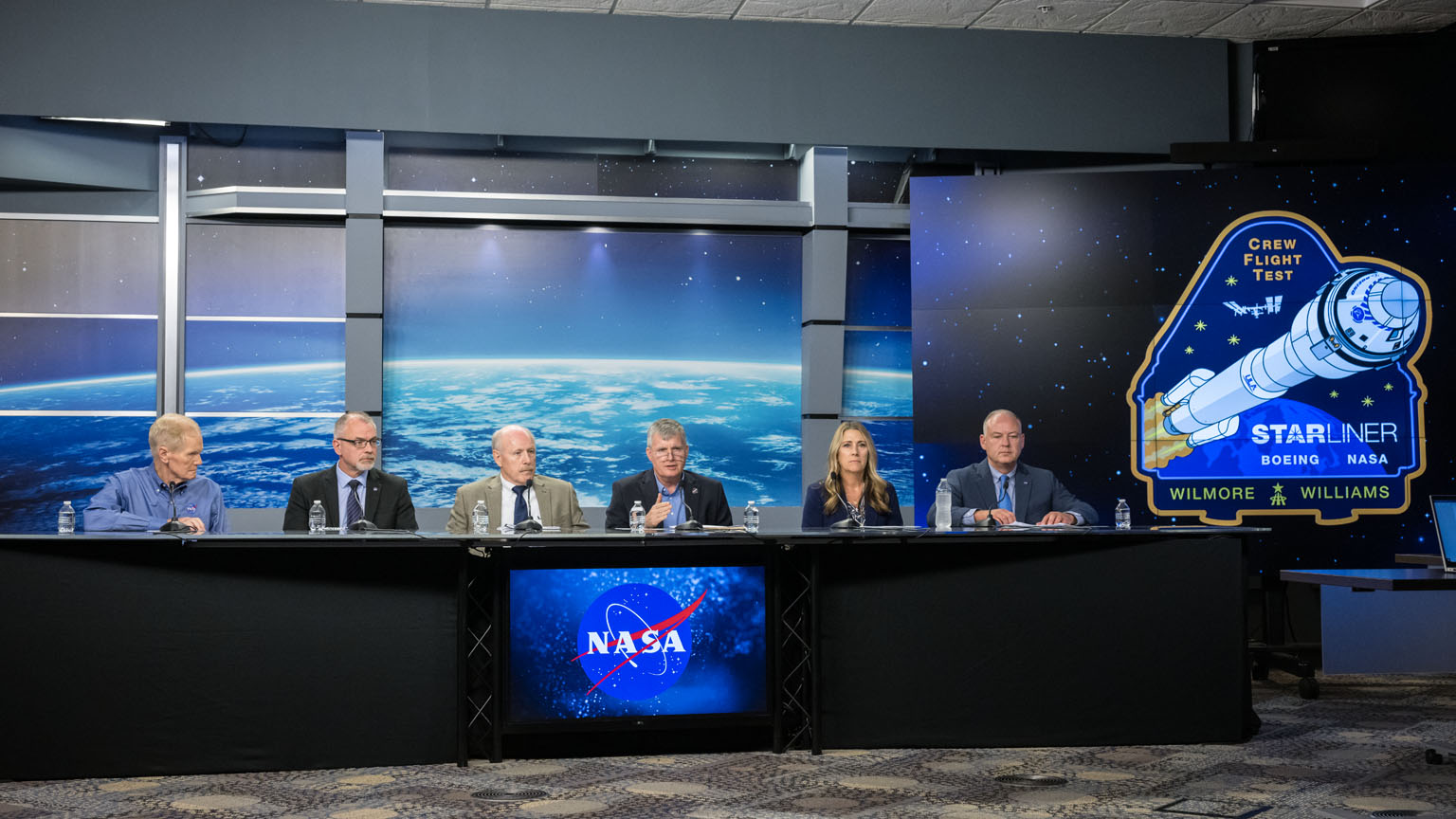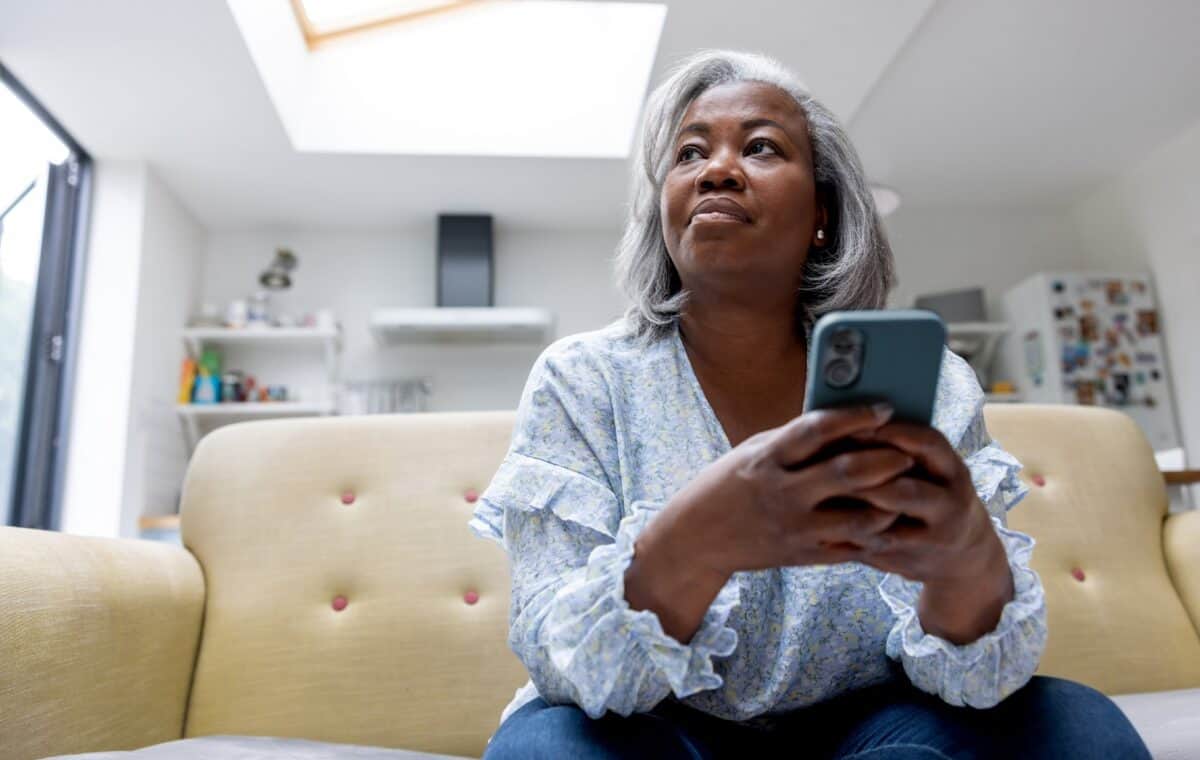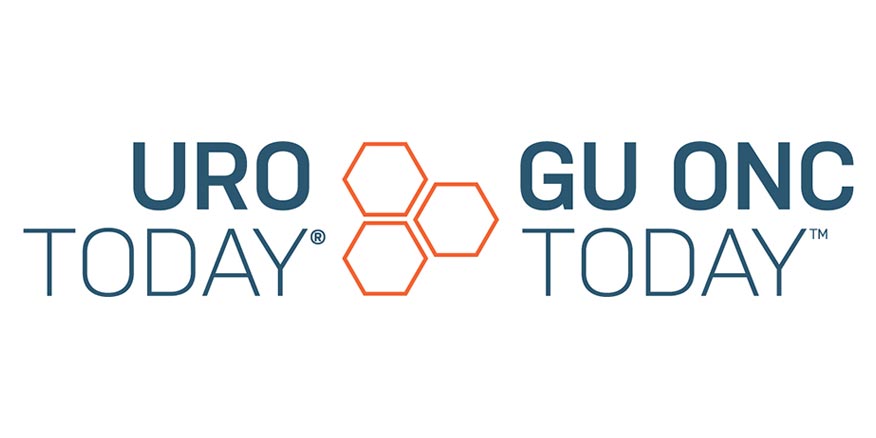Starliner Returns to Earth Uncrewed: NASA Prioritises Safety Over Crew Mission

NASA has announced the decision to bring Boeing's Starliner spacecraft back to Earth without astronauts Butch Wilmore and Suni Williams onboard. The uncrewed return prioritises safety and allows for further data collection during the spacecraft's descent.
Wilmore and Williams, who travelled to the International Space Station (ISS) in June aboard NASA's Boeing Crew Flight Test, have been actively involved in station research, maintenance, and Starliner system testing. Despite their dedication, NASA Administrator Bill Nelson emphasised the inherent risks associated with spaceflight, especially during test missions.
"The decision to bring Boeing's Starliner home uncrewed is a direct result of our commitment to safety," stated Nelson. "I'm grateful to both the NASA and Boeing teams for their hard work and thorough analysis."
Wilmore and Williams will continue their work as part of the Expedition 71/72 crew, scheduled to return to Earth aboard a SpaceX Dragon spacecraft in February 2025. Starliner is expected to depart from the ISS and autonomously re-enter the atmosphere in early September.
The decision stems from concerns identified during Starliner's approach to the ISS on 6 June, including helium leaks and issues with the spacecraft's reaction control thrusters. Since then, extensive investigations have been conducted, encompassing data analysis, flight and ground testing, and independent reviews with propulsion experts. The uncertainty surrounding the issues led NASA to conclude that the risks associated with a crewed return did not meet their stringent safety requirements for human spaceflight.
"We've learned a lot about Starliner during its time at the station," said Ken Bowersox, associate administrator for NASA's Space Operations Mission Directorate. "We will continue to gather data during the uncrewed return and improve the system for future flights."
Starliner, designed for autonomous operation, has previously completed two uncrewed flights. NASA and Boeing will now focus on adjusting the spacecraft's systems for the uncrewed return, ensuring its safe landing before the launch of the SpaceX Crew-9 mission.
"This decision is about needing a higher level of certainty for a crewed return," explained Steve Stich, manager of NASA's Commercial Crew Program. "This flight test has provided critical information on Starliner's performance in space, and we will use this data to prepare for the uncrewed return and future corrective actions."
Following Starliner's return, NASA will review all mission data to inform any necessary actions to meet its certification requirements for the spacecraft. The SpaceX Crew-9 mission, originally intended for four crew members, will launch no earlier than 24 September. NASA will provide further details about the mission crew once finalised.
To accommodate the return of Wilmore and Williams, NASA and SpaceX are adjusting the Crew-9 manifest to include additional cargo, personal effects, and Dragon-specific spacesuits. The launch of Crew-9 will also utilise new facilities at Space Launch Complex-40 at Cape Canaveral Space Force Station in Florida, providing increased operational flexibility.
The Crew-9 mission marks the ninth rotational mission to the ISS under NASA's Commercial Crew Program, which aims to ensure safe, reliable, and cost-effective transportation to and from the space station using American-made rockets and spacecraft launched from US soil.
As NASA prepares for future human exploration of Mars through the Artemis campaign, the agency continues to leverage the ISS as a crucial testbed for long-duration spaceflight research and the advancement of commercial opportunities in low Earth orbit.





